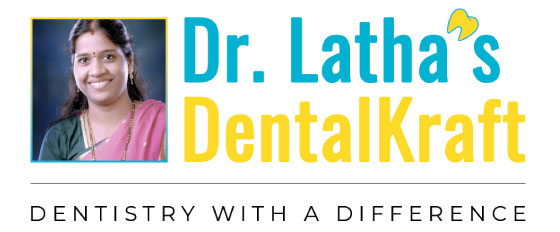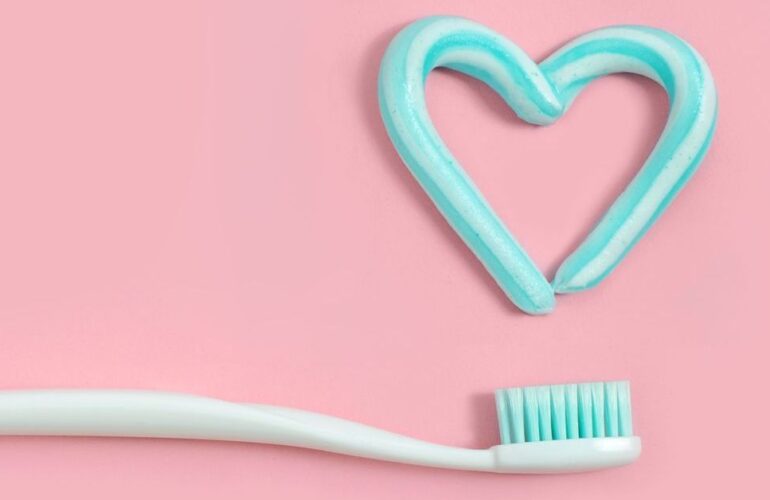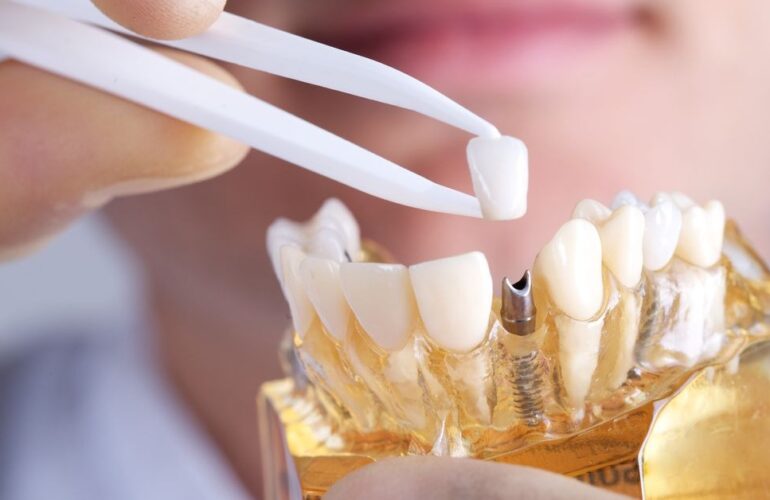Choosing the Right Toothpaste
Which is the perfect toothpaste for you? What you want might vary from person to person. But there are certain points that you should keep in mind if you are about to choose a paste. A lot of words are thrown around in their labels, like cavity protection, recommended by dentists, and more, how exactly do you go about choosing the toothpaste that you want?
Ingredients
There are many kinds of toothpaste to choose from in the market right now, but ultimately, they are mostly made using the same methods and the same major ingredients
- Fluorides
Fluorides are the main ingredients in toothpaste, as they fight cavities. They also are a major help in preventing dental caries, strengthening your teeth’ enamel in the process. Some kinds of toothpaste ignore fluoride as an active ingredient, but it is advisable to go for fluoride toothpaste as it ensures optimal dental health
- Abrasives
Abrasives are a passive ingredient in your regular toothpaste, cleansing your teeth from any food debris or stains. These don’t do anything apart from that, such as treating your sensitivity or battling gum disease.
Popular abrasives include calcium carbonate, silica gel, and aluminum oxides among others. These particular ingredients are involved so that they provide a thorough enough cleaning without giving you any kind of enamel damage by scratching your teeth.
- Humectants
Humectants prevent your paste from drying out inside the tube. Without humectants, you wouldn’t get that smooth, watery texture that your toothpaste gives. Humectants do this by trapping water molecules inside the paste.
Popular examples of humectants are sorbitol, glycol, and glycerol.
- Detergents
Detergents provide foaming. These are used to form suds. Sodium lauryl sulfate is a popular example of a detergent used in toothpaste.
- Flavoring agents
To make the toothpaste taste pleasant in your mouth, flavoring agents are used. Your toothpaste acquires its taste from sweeteners such as saccharin and sorbitol. It is also important to note that these ingredients don’t include sugar, a popular component responsible for tooth decay.
Different Kinds of Pastes
Apart from these ingredients, you can look for more, based on the conditions that you might have, such as sensitivity or gum-related issues.
- Battling Sensitivity
Oral sensitivity is a common issue, prevalent almost everywhere. Oftentimes, people with sensitivity are discouraged from brushing twice a day as per the mandate to maintain oral health. In these trying times, you could resort to desensitizing toothpaste. Such kinds of toothpaste include strontium chloride or potassium nitrate in their ingredients list.
Sensitivity occurs because of the over-receptiveness of your oral nerves. These chemicals, potassium nitrate, and strontium chloride block these neural pathways, giving you a lot of leeways to enjoy your ice cream or hot coffee.
- Whitening your teeth
Teeth whitening toothpaste is helpful when you want your teeth to look white and bright. These pastes include a higher amount of abrasives and detergents so that they stick to the stains and remove them effectively as you rinse them off. They include carbamide peroxides and bleaching agents to give you such an effect.
Baking soda is also an effective abrasive that whitens your teeth better. But dentists in and around Pondicherry suggest that you should be gentle when brushing with this toothpaste as aggressiveness can result in loss of enamel health.
Although that is the case, exercise caution when you are using a whitening toothpaste, as it is not advisable for people with sensitivity issues. Also, it is advisable to go for this kind of toothpaste upon the dentist’s advice.
- Prevention of gum diseases
Anti-plaque toothpaste keeps plaque from forming in your teeth, thereby reducing the bacterial build-up in your mouth. This in turn can prevent gum diseases.
Plaque can accumulate to form tartar, making your teeth look bad, and weak as well. The anti-plaque toothpaste battles this plaque with ingredients that include pyrophosphates, zinc salts, and more. These effectively eliminate any bacteria.
- Kid-friendly toothpaste
This toothpaste contains a lesser amount of fluoride or no fluoride at all. This is because their milk teeth are much weaker than permanent teeth. Therefore, there is no need for many abrasives.
In addition to all that, children’s toothpaste is more about making them like the practice than they are about the practice itself.
- Things you should be aware of
It is advisable to avoid any toothpaste that contains some ingredients, as they can also harm your teeth and mouth.
For example, triclosan is an ingredient in tartar-control toothpaste, which is used to kill bacteria. But, it also kills the good bacteria that break down your food and ensures proper intake.
Also, don’t resort to toothpaste that doesn’t have the approval of dental associations, as they might not be good for your oral health and hygiene.




